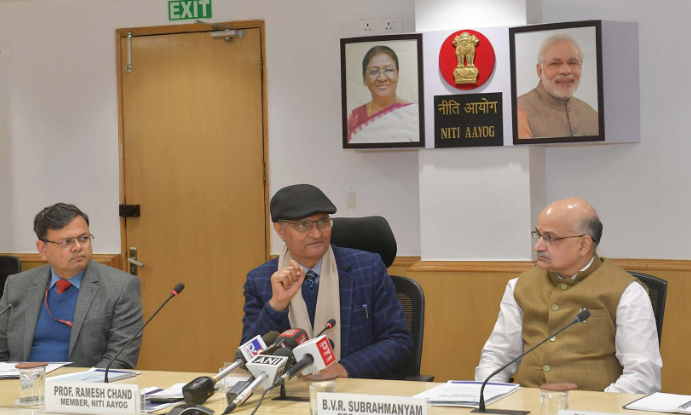India aims restoring 26 million hectares of land by 2030

NITI Aayog launched Greening India's Wastelands with Agroforestry (GROW) Report and Portal. (Source: File picture)
The NITI Aayog launched the Greening and Restoration of Wasteland with Agroforestry (GROW) report and portal on Monday. This effort by multiple institutions used remote sensing and GIS to evaluate agroforestry suitability across all Indian districts.
The Agroforestry Suitability Index (ASI) was developed for national-level prioritization using thematic datasets. The report offers state-wise and district-wise analysis, supporting government departments and industries in greening and restoration projects.
The GROW initiative aligns with national commitments, aiming to restore 26 million hectares of degraded land by 2030 and create an additional carbon sink of 2.5 to 3 billion tonnes of carbon dioxide equivalent.
The “Greening and Restoration of Wasteland with Agroforestry (GROW)-Suitability Mapping” portal Bhuvan allows universal access to state and district-level data. Currently, agroforestry covers 8.65% of India’s total geographical area, totaling about 28.42 million hectares.
During the release, Prof. Ramesh Chand highlighted the need for promoting agroforestry, especially for reducing wood imports, carbon sequestration, and addressing sub-optimal use of arable land.
The panel discussion emphasized the potential benefits of converting underutilized areas, especially wastelands, for agroforestry. The portal is seen as helpful in different government programs promoting agroforestry.
Due to the significance of goods and services provided by agroforestry, the Union Budget of the Government of India for FY-2022-23 prioritized the promotion of agroforestry and private forestry.
India, as the seventh-largest country globally, faces issues like increased build-up areas, degraded land, and imbalanced resources. Approximately 16.96% of the Total Geographical Area is wasteland, requiring transformation for productive use.
India, a pioneer of the National Agroforestry Policy in 2014, aims to enhance productivity, profitability, and sustainability through agroforestry, aligning with global commitments like the Paris Agreement, Bonn Challenge, UN Sustainable Development Goals, and more.







